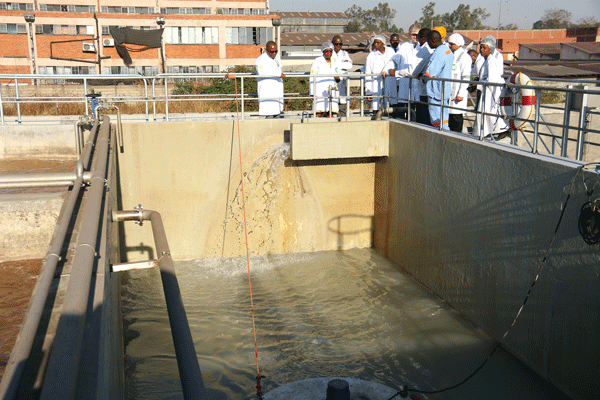
ZIMBABWE plans to set up at least one factory in each of the country’s 63 districts as authorities attempt to improve standards of living for people in economically backward areas.
BY FIDELITY MHLANGA
The recently launched Zimbabwe National Industrial Policy (ZNIDP), spanning 2019-2023, intends to promote decentralisation of industrialisation initiatives in line with devolution that recognises that the majority of Zimbabweans are domiciled in the rural areas.
“Government will promote industrialisation through provision of incentives and targeted financing, policy support and business development services for the establishment of micro, small, medium and large scale manufacturing industries in rural areas in line with available local resources. There shall be a deliberate thrust to develop factories in every district under the one district one factory concept. This will enhance the empowerment of marginalised rural communities,”partly reads the policy.
In the 2019 budget, Treasury allocated $310 million to facilitate the devolution of power to provincial councils following an outcry from marginalised communities.
The policy encourages youths, women and disadvantaged people to participate in projects in the rural areas targeting naturally available products.
Development of rural industries will be facilitated through linkages between higher education institutions and the private sector thereby encouraging research and development in processing and packaging of naturally available products.
According to the policy, provincial and district authorities will be required to come up with local industrialisation and incentive frameworks which are in line with the ZNIDP and the devolution agenda. This will bring government closer to local communities and enhance responsive, accountable and participatory industrial development.
- Chamisa under fire over US$120K donation
- Mavhunga puts DeMbare into Chibuku quarterfinals
- Pension funds bet on Cabora Bassa oilfields
- Councils defy govt fire tender directive
Keep Reading
“Industrialisation will also be based on the local resource endowment of specific areas. Processing of traditional agricultural products such as sorghum, rapoko, marula fruits and mopani worms can spur the creation of new factories in source areas. Local flora and fauna can also be used as raw materials in the manufacturing of pharmaceutical and herbal medicines and as such, also offer value addition opportunities,” the policy further reads.
Economist John Robertson, however, said only the right environment would attract manufacturers.
“In fact, any hint that the government believes in central planning and that it might try to make industrialists adapt their ideas to fit in with a central planning policy is enough to discourage most of the world’s industrialists. The Zimbabwe national industrial development policy needed is one that will promise investors that government will do its best to facilitate and assist investors, not dominate or regulate them,” said Robertson. Zimbabwe once boasted of a well integrated and diversified industrial sector based on strong linkages with agriculture, mining, construction and commerce.
However over the past two decades, the economy has suffered massive de-industrialisation and rapid informalisation.











